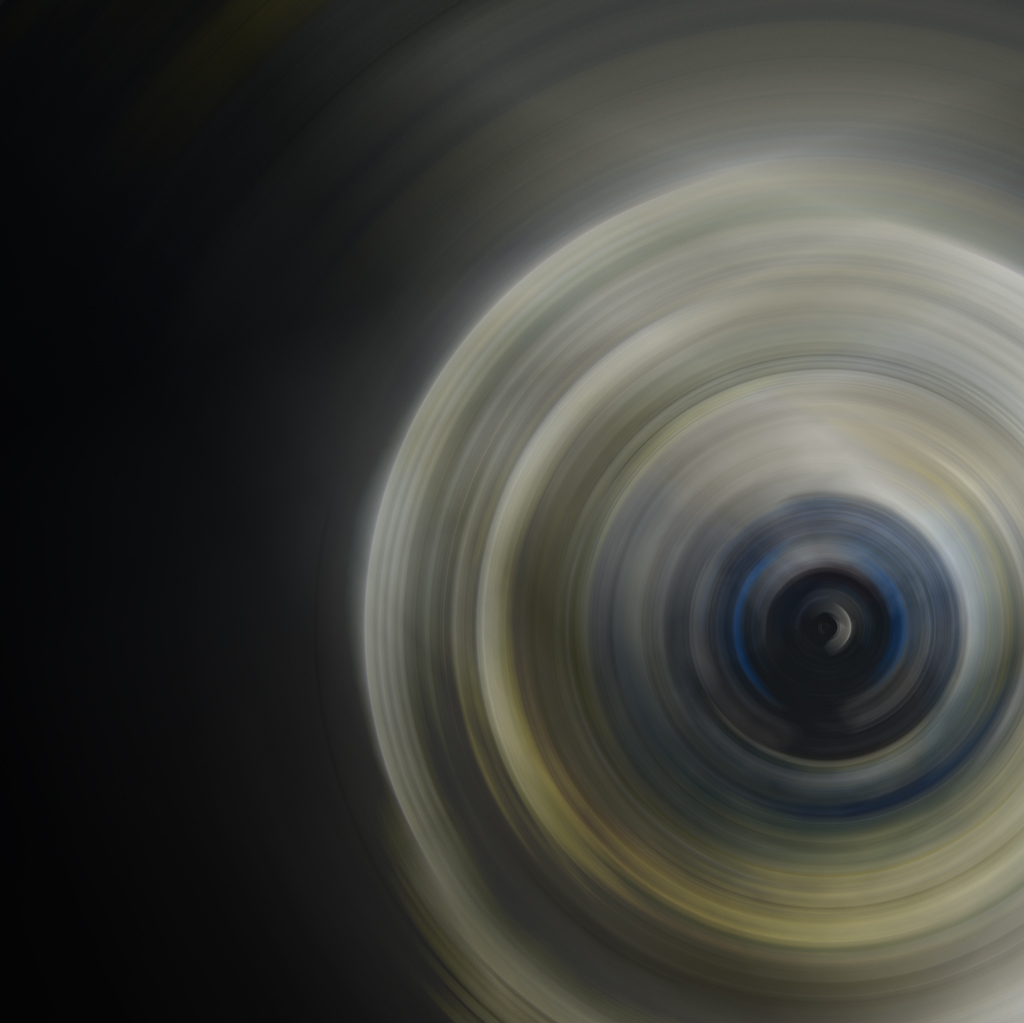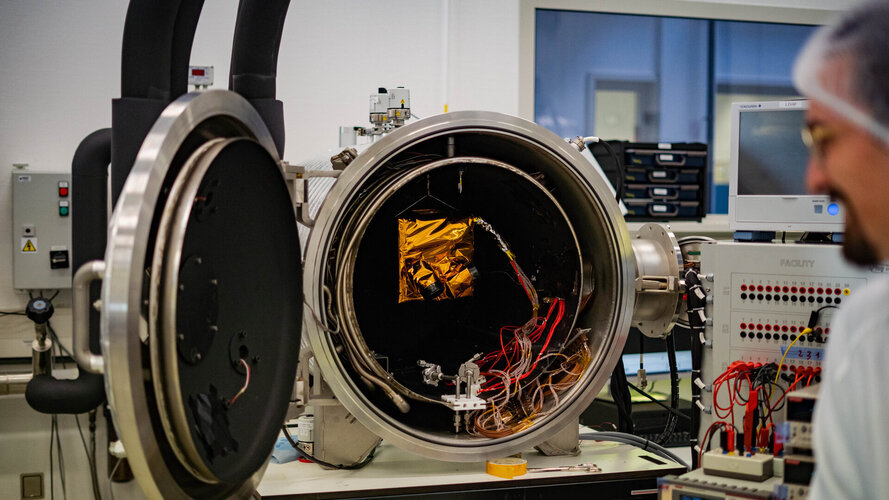Mechanical Systems Laboratory
The test methods involve thermal cycling and thermal balance in a vacuum or at ambient pressure and vibration testing.
Key thermal and mechanical properties of space components need to be measured, such as thermal conductivity, thermal efficiency of multilayer insulation (MLI) and coefficients of thermal expansion. These measurements are essential to analyse and predict the overall thermo-mechanical performance of a space system in flight conditions.
Laboratory expertise also provides significant support for the investigation of in-orbit anomalies. The laboratory can subject space hardware to hot and cold environmental conditions in vacuum, including solar simulation. Climatic chambers at ambient pressure (with air or other gases) are also used to simulate a pressurised environment or a planetary environment such as Mars.
Two main types of thermal tests are carried out.
- Thermal cycling is executed to verify the performance of the test article while it is subjected to maximum and minimum temperatures and the transitions between.
- Thermal balance is executed to validate the thermal design and the thermal model that is used for flight performance predictions.
The laboratory measures material properties such as thermal conductivity and coefficient of thermal expansion and has developed a dedicated method and facility to measure the thermal efficiency of MLI blankets.
The laboratory also performs vibration testing. Typical test articles undergoing both thermal and mechanical tests include solar cell sample panels, equipment, instruments and CubeSats.
The Lab can subject space hardware to hot and cold environmental conditions in vacuum
Services
Testing
- Vibration Test
- Performance Evaluation
- Qualification Tests & Validation Tests
- Test Methods Development
- Life Testing
- Environmental testing (For Instance, Thermal Cycling Tests, Thermal Vacuum Test, etc)
- Anomaly Investigations
- Characterisation
Measurements
- Advanced Metrology
- Multi-Layer Insulation Performance Measurement
- Thermal Conductivity Measurement
- Multi-Layer Insulation Performance Characterisation
- Thermal Conductivity Measurement
Simplified access to the laboratories
- Equipment accessible




